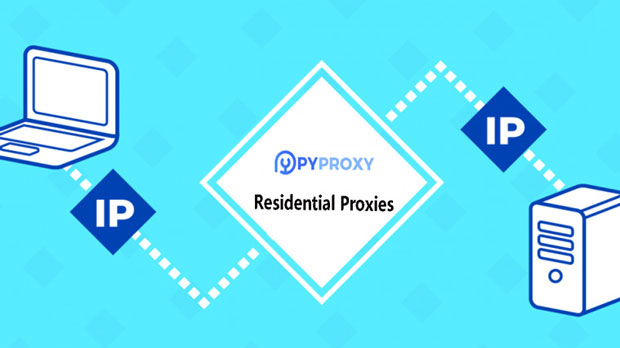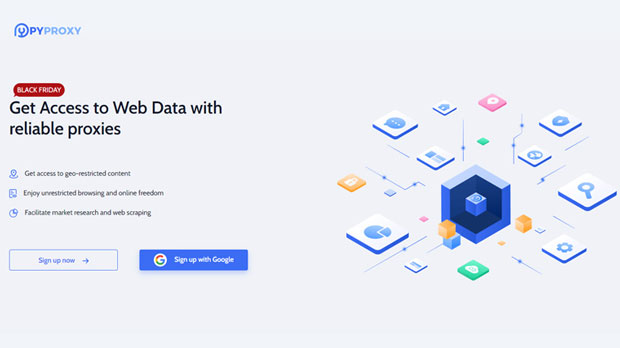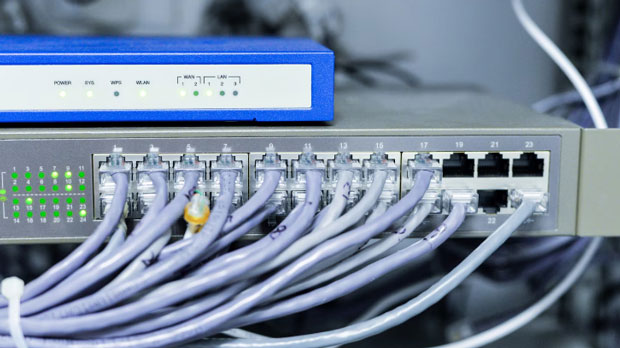When using a proxy server, it’s important to consider strategies that prevent your IP address from being flagged and ultimately banned. Proxies act as intermediaries between your device and the websites you visit, masking your original IP address. However, if not used properly, proxy ips can become targets for websites that track suspicious activity, leading to potential IP bans. In this article, we’ll explore methods to minimize the risk of IP bans while using proxy servers, covering key strategies such as rotating IP addresses, using residential proxies, understanding the target site’s behavior, and implementing safety measures like rate limiting. Understanding Proxy Servers and IP BansBefore diving into strategies for protecting your IP address, it’s important to understand how proxy servers and IP bans work. A proxy server functions by routing your internet traffic through an intermediary server, which then connects to the desired website on your behalf. This process conceals your real IP address and assigns a temporary one from the proxy server’s pool.However, websites have monitoring systems in place to detect unusual or harmful activities such as scraping, spamming, or excessive requests from a single IP address. These activities can trigger security measures that result in an IP ban. When a website detects too many requests or suspicious behavior from a single IP address, it may block that IP from accessing its content, making proxies susceptible to IP bans if used improperly.1. Rotating IP AddressesOne of the most effective ways to prevent your IP from being banned is by regularly rotating the IP addresses used by your proxy. Instead of relying on a single IP, rotating proxies provide a different IP address for each request or session. This technique spreads your internet traffic across many IPs, minimizing the likelihood of any one IP being flagged by websites for suspicious activity.Using an IP rotation strategy can significantly reduce the chance of your proxy IP being blocked, as websites are less likely to detect a pattern of excessive requests coming from one address. The more frequently your proxy server changes its IP address, the less likely the server will be flagged for unusual behavior.2. Use Residential Proxies Instead of Datacenter ProxiesAnother important step to take in order to avoid IP bans is to use residential proxies instead of datacenter proxies. Residential proxies are IP addresses provided by real Internet Service Providers (ISPs) and are tied to physical locations and devices. These proxies are much harder to detect as proxies, as they appear like regular, everyday user traffic to websites.On the other hand, datacenter proxies, though cheaper and faster, are easily identifiable as they are not linked to any real users or ISPs. Websites can flag these proxy ips more quickly because of their non-human characteristics. Using residential proxies offers a higher level of anonymity, and their natural-looking traffic helps avoid detection and banning.3. Respect Rate Limits and Request PatternsOne of the most crucial elements in avoiding IP bans is to respect the rate limits and request patterns of the websites you are accessing. Every website has a set limit on how many requests it allows from a single IP address within a certain timeframe. Exceeding these limits can trigger anti-bot systems, leading to IP bans.By controlling the frequency of your requests, you can avoid overwhelming the server and causing suspicion. This practice is often referred to as "rate limiting." By ensuring that your proxy server mimics natural browsing behavior (i.e., not sending thousands of requests per minute), you reduce the chance of being flagged for aggressive behavior.4. Implementing Delays Between RequestsIn addition to respecting rate limits, implementing delays between your requests is an effective way to make your proxy traffic appear more human-like. Automated systems that make requests without pauses or delays are often flagged as bots by websites. By adding delays (such as random pauses of a few seconds between requests), your proxy requests will seem more like legitimate user activity.These delays help to simulate typical browsing patterns, where a user clicks through pages or waits before making further requests. When your proxy traffic appears more organic, it’s less likely to be flagged or blocked by the website’s monitoring systems.5. Avoiding High Traffic WebsitesWebsites with high levels of security and traffic, such as popular social media platforms or e-commerce websites, are more likely to have advanced bot detection systems in place. These websites often monitor for irregularities like excessive scraping or suspicious browsing behavior. Using proxies to access these types of websites increases the likelihood of being detected and blocked.To reduce the chances of IP bans, avoid using proxies on high-traffic websites, or limit the number of requests you make to them. Focusing on less targeted websites or reducing the intensity of your access can help you avoid detection.6. Diversifying Your Proxy PoolA diversified proxy pool is an effective method for avoiding IP bans. Instead of relying on a small set of proxies, a larger pool of proxies (from different geographical locations and ISPs) can ensure that the traffic remains unpredictable. If one IP address becomes flagged, it’s easy to switch to another.By distributing your requests across various proxy sources, you minimize the risk of all proxies being banned at once. Furthermore, diversifying your proxy pool helps maintain a steady flow of requests, even if some IPs are temporarily blocked.7. Monitor Proxy Performance and Response CodesAnother vital step in ensuring your IP address isn’t banned is to regularly monitor the performance of your proxies and check for response codes that indicate blocking. Websites will typically send an HTTP response code when an IP is blocked or throttled. These include status codes such as 403 (Forbidden), 429 (Too Many Requests), or 503 (Service Unavailable).By actively monitoring these codes, you can adjust your proxy usage accordingly. If you notice a surge in 403 or 429 codes, it may be time to change your proxy IPs, reduce request frequency, or increase the delay between requests.8. Employ CAPTCHA Solving ToolsSome websites use CAPTCHA systems to detect automated bot activity. When using proxies, you may encounter CAPTCHAs that require human interaction to solve. One solution to this problem is to employ CAPTCHA-solving tools that automatically complete these challenges for you.While CAPTCHA solving tools can be useful, it’s important to use them sparingly. Overusing CAPTCHA-solving services could lead to your proxy being flagged for suspicious activity. Using these tools with caution, along with other best practices, can help you maintain access to websites without risking IP bans.ConclusionUsing a proxy server is a powerful tool for maintaining privacy, accessing restricted content, and automating tasks. However, without taking precautions, proxies can result in IP bans, which hinder your ability to access websites. By rotating your IP addresses, using residential proxies, respecting rate limits, implementing delays, and diversifying your proxy pool, you can significantly reduce the risk of being banned. Regular monitoring of your proxies and employing CAPTCHA-solving tools will further ensure safe and uninterrupted browsing. With these strategies in place, you can use proxy servers more effectively while minimizing the chances of IP bans.
Jan 27, 2025





























































